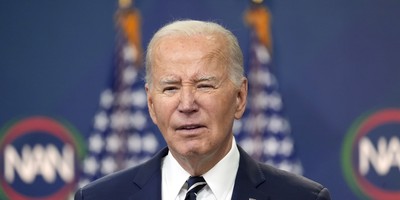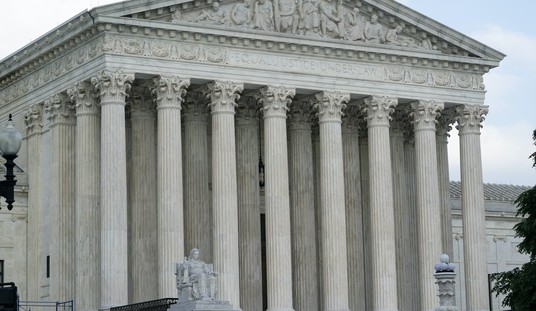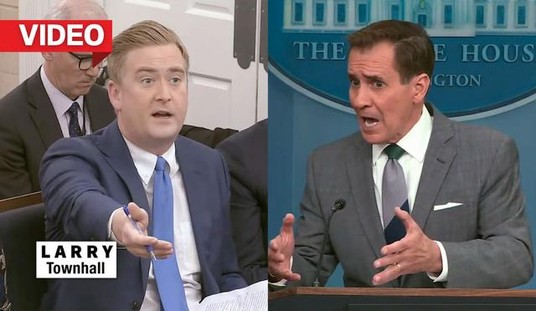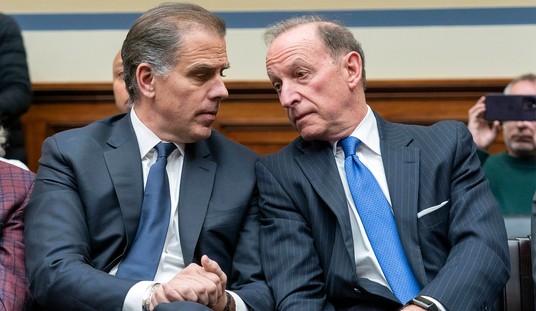Advertisement
Looking at a vast array of polls coming out just two weeks before the presidential election, critically important states such as Florida and Ohio appear to be close and anyone's guess as to the final result. And while some national surveys, such as Gallup, have shown Republican nominee Mitt Romney running ahead of President Obama by several points, most have the race very tight, and a few have Obama leading. Let's examine one poll, released as a series of continuing surveys by a large television network joining with a respected national newspaper.
This particular poll, conducted Oct. 17-20, has no intended bias, since it is conducted jointly by both a Republican- and a Democrat-oriented polling firm. But read on, and you will quickly realize how the old style of polling and the way many polls "weight" raw results may be setting us up for one of the biggest polling disasters since the infamous polling blunders that led to the "Dewey Defeats Truman" headline blunder of 1948.
Consider the following, using the above-referenced survey as just an example of how many "big league" polls are conducted. Let's look first at the questions asked of those who bother to answer the poll.
Recommended
Advertisement
First, the poll has between 30 and 40 questions in it, depending on which questions a respondent is asked. Considering the fact that most questions take at least 30 seconds to read and some questions ask up to seven sub-questions, at bare minimum it takes 20 minutes to answer and more likely (just a guess) 30 minutes or more for some folks. So what hardworking, productive member of a family, taking care of a business, house or family, has time to spare for such an opus? Likely not the type that fits the profile of a Romney voter.
And it's hard to imagine a modern and sane cellphone user staying on the line so long -- but this poll includes 300 of them. Yeah, that fits my concept of cell users ... not.
But let's continue. This particular survey asks plenty of questions, such as whether the person answering the poll approves or disapproves of President Obama's job performance and how they feel about both Obama and Romney.
The person responding to the poll has not only been trapped into opining on President Obama's job approval, but their general "feelings" about the candidates. Now the "jury" is locked in by seemingly leading questions that they likely feel they must reflect when they are finally, several questions later, asked how they would vote for president.
Advertisement
So by the time the one question that will be at the top of ballots nationwide is reached, so many other positions and feelings have been expressed in taking the poll that many taking it might not utter the gut response that ultimately becomes a resolute vote.
Interestingly, in this particular survey, people seem to have much higher "positive or somewhat positive" feelings for the Democratic Party than the Republican Party. But later when they are asked which political party they would like to see control Congress, the split is nearly even.
Toward the end of the survey, we see that the percentage of individuals who identify themselves as "Strong Democrat" or "Strong Republican" is relatively low. More say they lean one direction or another or are independent and either lean toward one of the two parties or are just plain independent.
Many surveys being conducted not just nationally but in battleground states are weighted with a larger percentage of Democrat identified responses than Republican. And many, if not most, underrepresent the percent of voters who say they are independent.
In this particular survey, it's hard to tell how party identification is finally weighted. But plenty of other national and swing-state polls make it clear that Democrat responses are weighted higher and the percent of independent voters, who are marching in Romney's direction, are underrepresented.
Advertisement
Polling is an art more than a science, and pollsters do their best. It's just that 2012 is increasingly starting to look like a year in which the polls will have to catch up to reality quickly. There are fewer younger voters and not all voting Democrat this go around; less enthusiasm among the Democratic base; and a giant shift of independents from Obama in 2008 to Romney in 2012.
Anything can happen, but if the vote were held today, it might be a "Dewey Defeats Truman" moment for many pollsters.

























Join the conversation as a VIP Member